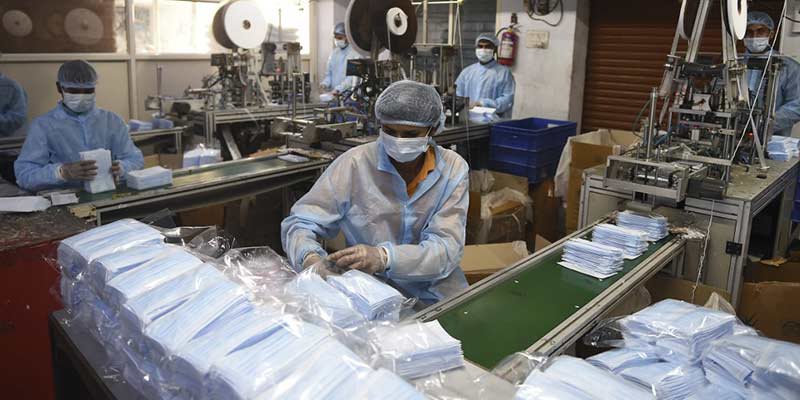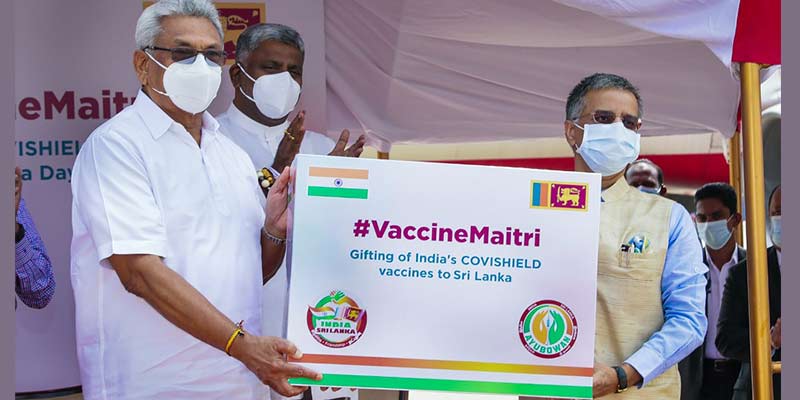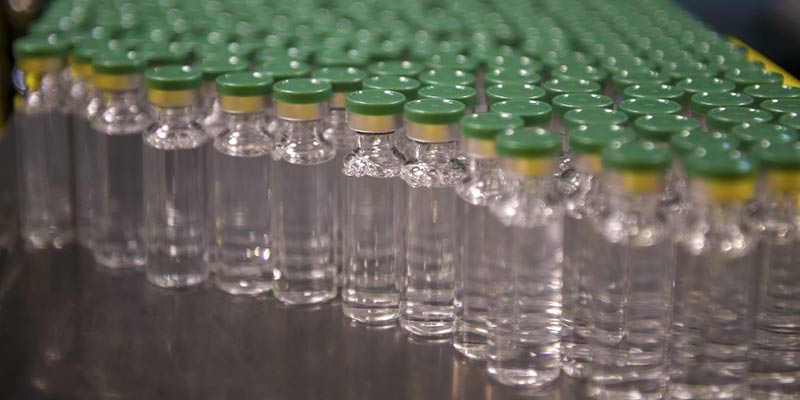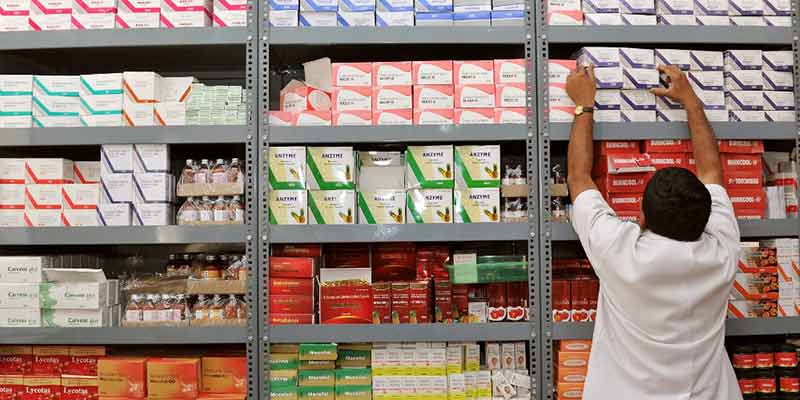- India
- Feb 03
India’s potential to be the ‘pharmacy of the world’
• COVID-19 pandemic has triggered the worst global recession in 2020 since the Great Depression. The resulting economic crisis has led to a sharp decline in global trade, lower commodity prices and tighter external financing conditions with varying implications for current account balances and currencies of different countries.
• The changing nature of India’s global trade manifested in terms of sliding exports of gems and jewellery, engineering goods, textile and allied products and improving exports of drugs and pharma, software, agriculture and allied products.
• Pharma exports, in particular, used this opportunity to enhance their share in total exports and indicate India’s potential to be the ‘pharmacy of the world’, says Economic Survey 2020-21.
• As a relief measure for other countries battling with the pandemic, specific export shipments of critical drugs, pharmaceuticals, testing kits, personal protection equipment, etc were actively facilitated by customs at the borders. Some of these shipments were donations from the government of India.
• The commitment of provision of COVID-19 vaccine to other countries has made India the epicentre for its manufacturing.
Indian pharma sector to grow to $65 billion by 2024
• Indian pharmaceutical industry is third largest in the world in terms of volume, behind China and Italy and 14th largest in terms of value.
• India almost doubled its share in world pharma exports in a span of ten years from 1.4 per cent in 2010 to 2.6 per cent in 2019.
• India was at 11th position in terms of share in world pharma exports in 2019 with Germany, Switzerland and the US occupying the top three positions.
• India enjoys a consistent and long run Revealed Comparative Advantage (RCA) in its pharmaceutical exports since 2009. However, in a cross-country perspective, India’s RCA stands at 12th spot.
• In addition, Indian pharmaceutical sector has high value of trade specialisation coefficient (TSC), closer to one, consistently from 2014-15. The value of TSC lies between -1 and 1, wherein a higher TSC value denotes stronger export competitiveness of the country.
• The global pharmaceutical market is set to exceed $1.5 trillion by 2023. Against this backdrop, the Indian pharmaceutical industry is currently valued at $41 billion and is expected to grow to $65 billion by 2024 and about $120-130 billion by 2030.
• A significant raw material base and availability of a skilled workforce have enabled India to emerge as an international manufacturing hub for generic medicines. Further, India is the only country with the largest number of USFDA compliant pharma plants (more than 262 including APIs) outside of the US.
Challenges and opportunities amid pandemic
• COVID-19 has presented both an opportunity and a challenge for India to emerge as the ‘pharmacy of the world’.
• During April-October 2020, India’s pharmaceutical exports totalling $11.1 billion witnessed an impressive growth of 18 per cent, as against $9.4 billion during the corresponding period a year ago. This has led to an increase in the share of pharmaceuticals exports in India’s total exports from 5.1 per cent in April-October, 2019 to 7.3 per cent in April-October 2020, making it the third largest exported commodity.
• According to data available from USFDA, Indian pharma companies have garnered nearly 45 per cent of all new abbreviated new drug applications (ANDAs) approvals over the past nine months, which would aid exports growth in the coming years.
• The pandemic, however, exposed the excessive dependence of Indian pharmaceutical industry on China for sourcing Active Pharmaceutical Ingredients (APIs) and Key Starting Materials (KSMs).
• Further, there is a disproportionate dependence of Indian pharma exports on the US and generics.
• To get over this challenge, pharmaceuticals drugs have been identified as one of the ten key sectors for introducing Production-Linked Incentive (PLI) Scheme for enhancing India’s manufacturing capabilities and exports.
• This is in addition to the already notified PLI schemes for bulk drugs and medical devices, which aim to provide a boost to domestic manufacturing for critical KSMs/ Drug Intermediates (DIs), APIs and medical devices.
• Both these schemes have received a very encouraging response from the pharmaceutical as well as the medical device industry.
• Also, a scheme for promotion of bulk drug parks and medical devices parks have also been announced.
The way ahead
Indian pharma sector needs to rise to the golden opportunity presented by the pandemic. A well-defined strategy for broad based development of the industry needs to include the following components:
1) Broaden base in terms of markets, as well as product categories. Pursuing opportunities in newer product classes such as biosimilars, gene therapy and specialty drugs and increasing exports to large and traditionally underpenetrated markets such as Japan, China, Africa, Indonesia, Russia/CIS (Commonwealth of Independent States) countries, Brazil and Latin America, can usher-in the next leg of growth for Indian pharma industry.
2) Restructure the current regulatory mechanism and upgrade and build capacities at various National Institute of Pharmaceutical Education and Research (NIPERs).
3) Greater R&D Expenditure to move up the value chain from generics to Novel Chemical Entities (NCEs).
Manorama Yearbook app is now available on Google Play Store and iOS App Store




